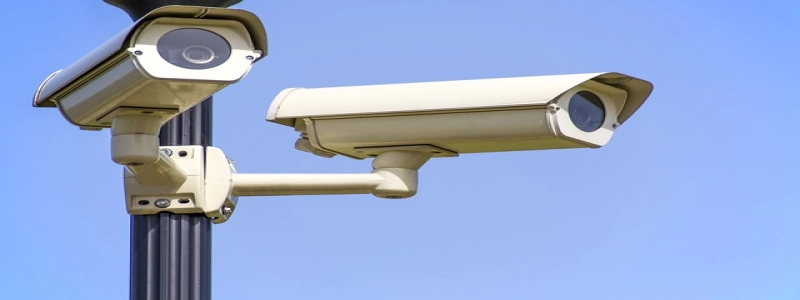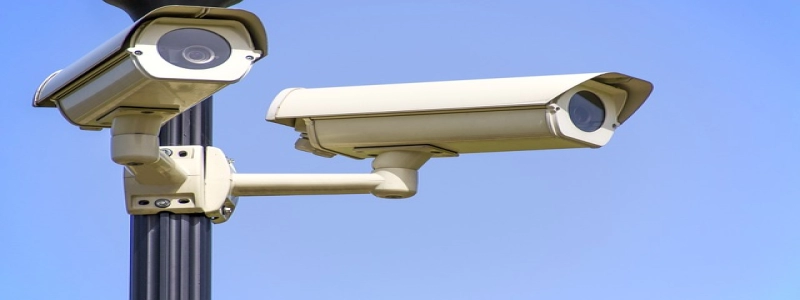QRP HF Transceiver
Introduction
A QRP HF transceiver is a compact and low-power radio communication device designed for amateur radio operators. QRP stands for \”low power\” in the radio communication world, and HF refers to the high-frequency bands used for long-distance communication. In this article, we will explore the features and benefits of a QRP HF transceiver.
I. Definition
A QRP HF transceiver is typically classified as a radio transmitter and receiver with a power output of 5 watts or less. It is commonly used by amateur radio operators who enjoy the challenge of long-range communication using minimal power. The QRP concept allows operators to experiment and communicate efficiently in the HF bands.
II. Features
1. Compact Size: QRP HF transceivers are designed to be portable and lightweight, making them ideal for field operations or emergency communication. They are often small enough to fit in a backpack, allowing operators to take them anywhere.
2. Low Power Consumption: The low power output of a QRP transceiver not only conserves battery life but also reduces the risk of interference with other nearby electronic devices. This makes it easier to operate in locations where there are restrictions on power usage.
3. Multi-band Capability: Many QRP HF transceivers offer the ability to operate on multiple HF bands, such as 80m, 40m, and 20m. This flexibility allows operators to adapt to changing propagation conditions and maximize their chances of making long-distance contacts.
4. Digital Modes Support: QRP transceivers often incorporate support for popular digital modes like PSK31 and FT8. These modes allow operators to communicate over long distances using minimal bandwidth and power, further enhancing the efficiency of QRP operations.
III. Benefits
1. Portability: The compact size and lightweight nature of a QRP HF transceiver make it an excellent choice for outdoor and portable operations. It can be easily carried and set up in remote locations, enabling communication during camping trips, hikes, or emergency situations.
2. Energy Efficiency: With low power consumption, QRP transceivers are perfect for off-grid operations or situations where power availability is limited. They can be powered by batteries or solar panels, providing a reliable means of communication even in remote areas.
3. Low Cost: QRP HF transceivers are often more affordable compared to their high-power counterparts. This makes them an attractive option for amateur radio enthusiasts who want to experience the joy of long-distance communication without breaking the bank.
4. Skill Development: Operating a QRP HF transceiver requires a deep understanding of radio propagation, antenna systems, and efficient operating techniques. Using minimal power challenges operators to optimize their setup and improve their radio communication skills.
Conclusion
A QRP HF transceiver offers a compelling solution for amateur radio operators seeking a compact, low-power, and versatile communication device. Its portability, energy efficiency, and affordability make it an excellent choice for those who enjoy the thrill of long-distance communication using minimal power. Whether used for outdoor adventures, emergency situations, or simply for the joy of exploring radio waves, a QRP HF transceiver is a valuable tool in the arsenal of any amateur radio enthusiast.








